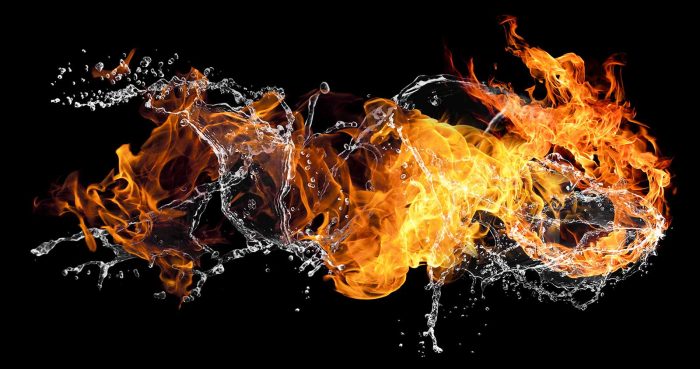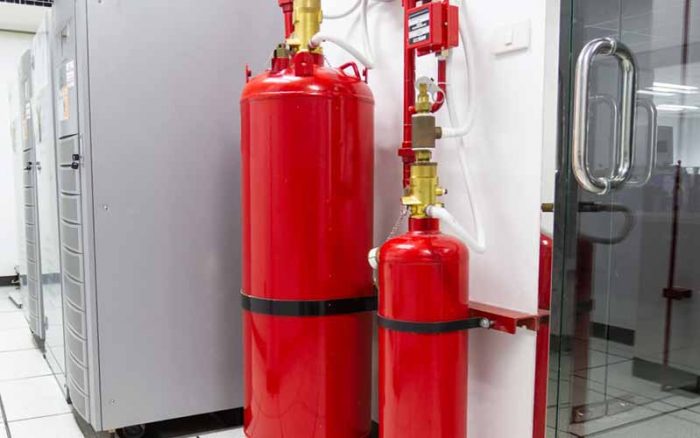Types of Fire Suppression Systems in Toronto, ON & All of Canada
All fire suppression systems used for Toronto buildings can be classified into the following types, depending on the fire suppressant agent used:
1
Foam Water Fire Suppression System
The foam water suppression system works by using water in combination with foam concentrate. The foam concentrate is mixed with water within the system’s piping and is dispersed through a system of sprinklers.
2
High Volume Expansion Foam System
This is a complete flooding system, which releases large amounts of foam from special discharge heads. The foam acts to suffocate the fire, while also insulating the protected area.
3
Automatic Water Mist Fire Suppression System
This automatic fire suppression system is similar to traditional sprinkler systems, except that it sprays mist instead of droplets. Mist is a more effective fire suppressant than regular water, as it creates a larger surface area of water than regular water droplets.
4
Dry Chemical Fire Suppression System
A dry chemical fire suppression system uses a special dry chemical power that works to extinguish the fire. This powder is stored in a pressurized tank and is automatically released when the system is activated.
5
Wet Chemical Fire Suppression System
The chemical system disperses a special liquid that cools rapidly as it is evaporated. This helps to stop the fire from further combustion. When mixed with oils and fats, the liquid also creates a foam that prevents reignition.
6
Halon System Fire Suppression System
The halon system fire suppression system extinguishes fire by chemically interrupting the combustion process. However, Halon systems have been banned since 1994 due to their Ozone depletion potential.
7
Clean Agent Fire Suppression System
This method involves removing either the heat or oxygen from a fire. Similar to carbon dioxide systems, clean agent fire suppression systems leave no residue behind. Plus, they can be non-toxic, which makes them suitable for use in habitable environments.
8
Carbon Dioxide (CO2) Fire Suppression System
This type of fire suppression system in Toronto removes oxygen, which is necessary for a fire to combust. Carbon dioxide fire suppression systems are non-conductive and leave no residue behind. However, they cannot be used in habitable areas, as they are lethal to humans.
9
Condensed Aerosol Fire-Extinguishing System
The condensed aerosol fire-extinguishing system uses both gasses and dry chemicals to extinguish the fire. However, these systems cannot be used in habitable environments or in areas with sensitive electronics, as they pose a corrosion risk.

